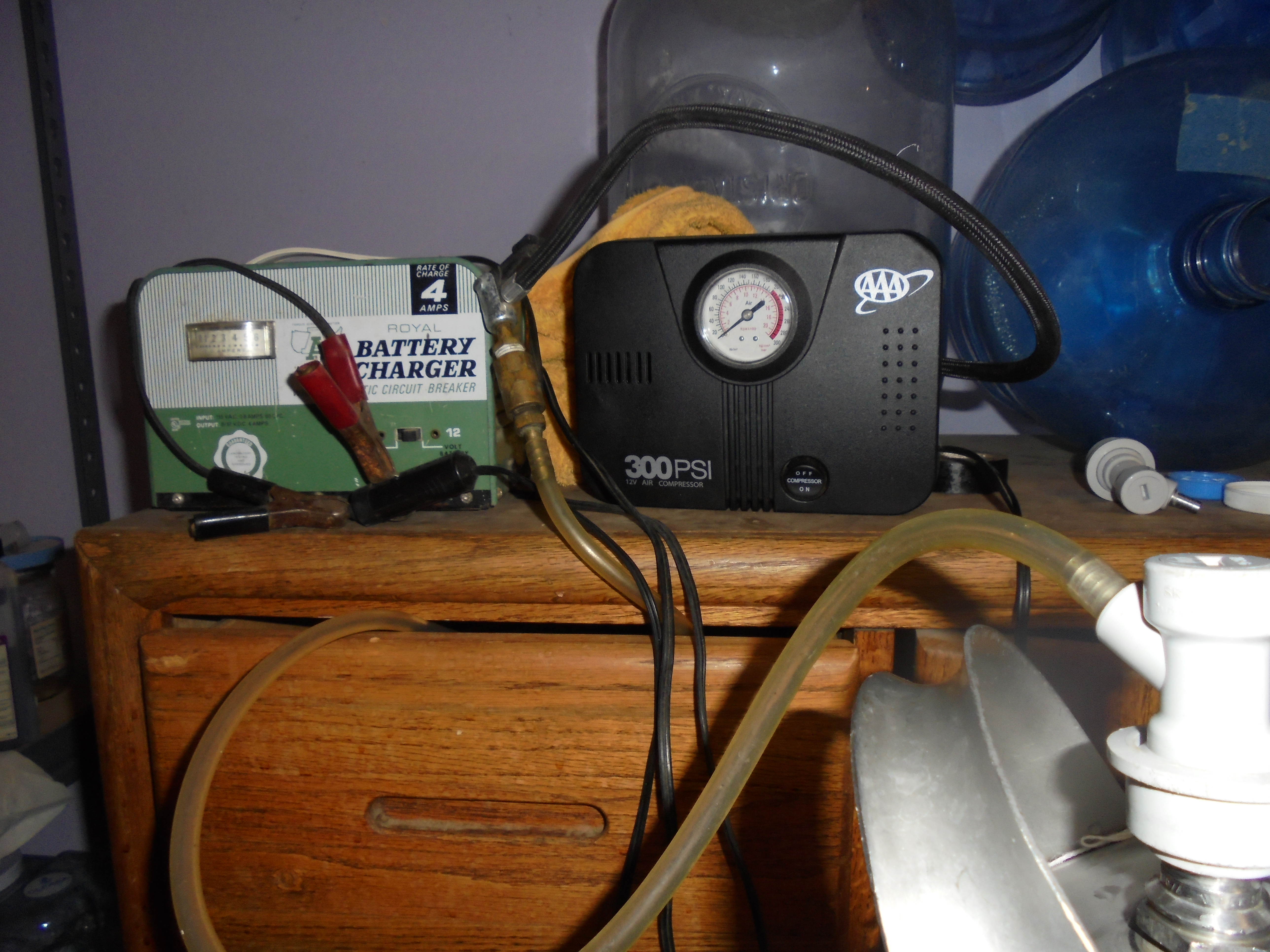@NSMikeD while tap is certainly cheaper, admittedly, I have ulterior motives for using RO vs starting with tap.
I have very specific reasons to brew the way I do: Dr C Bamforth discusses metal ions, bottom-filling of vessels, using deaerated water for slurries, limit transfers, etc. as less important but additional steps that can be taken to reduce oxidation. I also incorporate information I received from Joe Formanek concerning a combination of oxygen reduction and ion removal as what he termed in his note “the best case scenario”. AJ DeLange and G Strong recommend CaCl and/or gypsum to build water from RO or distilled. J Palmer and G Strong discuss hot steep of dark grains. (Dark grains screw with mash pH therefore drive unwanted salt additions)
So, I remove nearly everything via RO filtration, deaerated it with bread yeast and table sugar, and add back only what I want (CaCl and/or gypsum) along with Brewtan B (heavy metal chelator) and Ascorbic Acid (antioxidant). The Ca reacts with grain husks to release phytic acid so, in combination with the AA and mashing only the grains that require it, my mash pH hits 5.2-5.4 with ease. I hold grains that don’t require mashing until the main mash (30 min 140°F for β-amylase + 45 min 158°F for α-amylase) is complete, then add them for a 30 min Vorlauf/Hot Steep/Lauter rest (167°F). I don’t sparge.
IOW, having my own RO filter is cheaper than buying distilled or RO water. I also don’t need a box full of salts to build water and I don’t need an irrelevant water report because I have TDS meters.





















![Craft A Brew - Safale BE-256 Yeast - Fermentis - Belgian Ale Dry Yeast - For Belgian & Strong Ales - Ingredients for Home Brewing - Beer Making Supplies - [3 Pack]](https://m.media-amazon.com/images/I/51bcKEwQmWL._SL500_.jpg)






































